While some mobile games in the market leaned into the Halloween festivities this year with spooky collaborations, others continued to innovate with deep meta-systems and surprising new monetization models. Established giants continue to deepen their player engagement through user-generated content (UGC), and we saw sophisticated live operations (LiveOps) come into play throughout October.
The casual genre continues to see a significant evolution in LiveOps, with leading titles like Coin Master deploying fully interconnected event systems under a single thematic umbrella. This strategy, which utilizes shared currencies to create a circular economy of engagement, represents a new level of complexity for the casual gaming space. Alongside this, the successful scaling of titles centered around an intellectual property (IP), such as Disney Magic Match 3D and MONOPOLY: Bingo!, demonstrated how strong branding paired with polished and meta-heavy gameplay loops can be effective.
In the midcore segment, Genshin Impact expanded its ecosystem with a UGC toolset backed by a unique monetization stream. Meanwhile, Whiteout Survival drew inspiration from casual mechanics by introducing a permanent collectible album system. October also saw bold experiments come to play in some games’ economies, from Duet Night Abyss launching without a character gacha, to Palmon: Survival’s successful hybrid of 4X strategy and creature collection, signaling ongoing diversification within key genres.
Check out our latest analyst bulletin below for more information about these updates and titles, as well as the latest trends in the mobile market.
October’s Casual Game Updates
Cementing its status as a major player in the casual space, MONOPOLY: Bingo! is continuing its impressive scaling journey from previous months to break into the US top 100 grossing ranks in late October. The game’s success is due to its clever fusion of proven mechanics integrated under the iconic Monopoly IP. At its core, the game resembles classic bingo titles, such as Bingo Blitz, where players complete matches to collect location cards. A key engagement driver is the ability to trade these cards with other players, creating a community-driven loop that facilitates the completion of collections.
The defining feature, however, is its faithful incorporation of the actual Monopoly board. Players progress along this board by rolling dice, which are earned both by playing bingo matches and through in-app purchases (IAPs) to gather valuable collectibles. This has created an effective dual-incentive system: the bingo gameplay gives players a sense of progression on the Monopoly board, and the rewards from the board enhance the bingo experience. This synergy of social collection and classic board game progression is proving to be a highly sustainable model for the title.
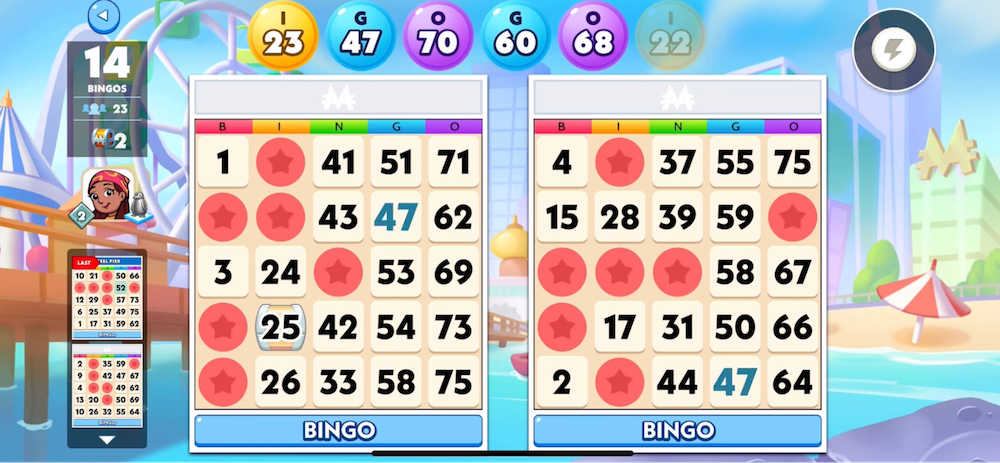

Interconnected event systems are typically associated with midcore games, but Coin Master has utilized this with the introduction of Cosmic Voyage, which is its first fully interconnected, space-themed overarching event. The system was cleverly woven together through three shared currencies: Cosmic Bits, Spaceships, and Alien Currency. Spaceships served as the main resource for the core Galactic Blitz gacha event, creating a circular economy: Bits were converted into Spaceships, which fueled Galactic Blitz spins that yielded Alien Currency and could then be traded back for more Spaceships. Supporting events like Daily Quests, Bits Payback, and Merchant Boost reinforced this gameplay loop, while the competitive Galactic Run phases rewarded players for fast and consistent spending.
Grouping a set of specific events under a single thematic umbrella is a complex strategy common in midcore titles. Still, its successful deployment in a top-tier casual game like Coin Master signals that the bar is being raised for player engagement.
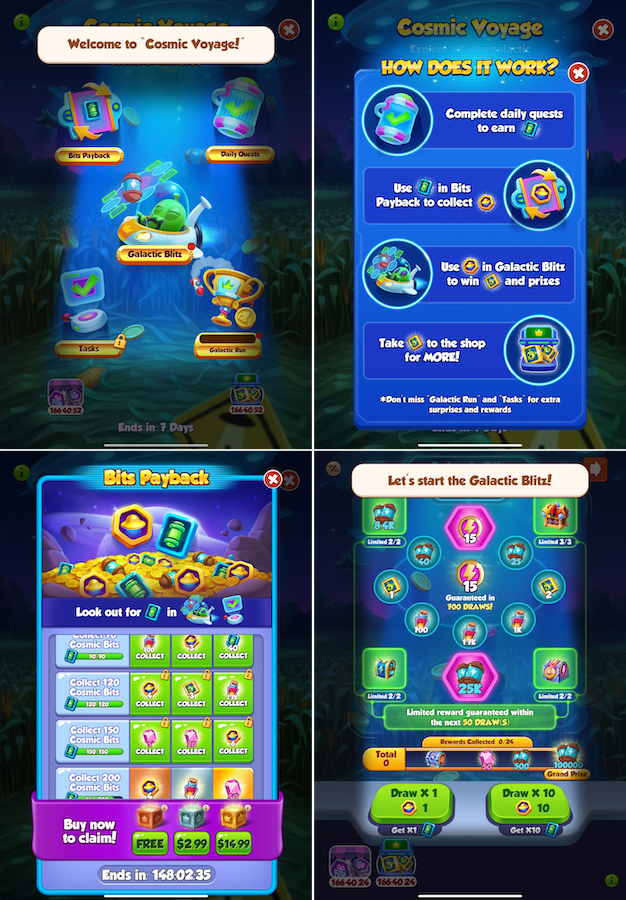
Throwing it back to a classic IP, Rovio launched Angry Birds 2 Space in Angry Birds 2 on October 24. This month-long event reintroduces the fan-favorite space biome from the standalone Angry Birds Space title, completely reimagined for the Angry Birds 2 universe. The event features unique space-themed levels with special mechanics, which have also been integrated into the Golden Pig Challenge, Arena, and Mighty Eagle’s Bootcamp.
Angry Birds 2 Space was announced at Twitchcon with a drone show. Fans were disappointed when Angry Birds Space was delisted from app stores in 2019, but this temporary resurrection has sparked a lot of excitement and interest in the community, particularly in the West. This strategy of reviving and remixing beloved content from a franchise’s history is a powerful way to tap into player nostalgia and drive sustained engagement over several weeks.
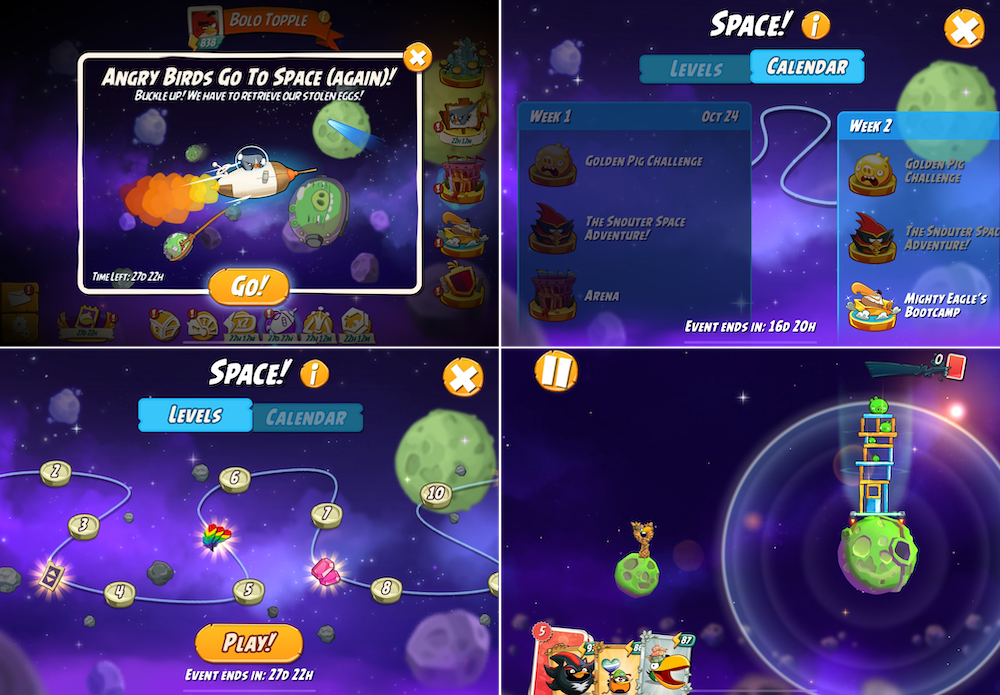
Stumble Guys has undergone a significant currency overhaul, replacing Stumble Tokens with a new Stumble Coin variant. To support this, the game introduced the Stumble Coin Market, which is a new shop section that offers seasonally rotating cosmetics exclusively for the new currency.
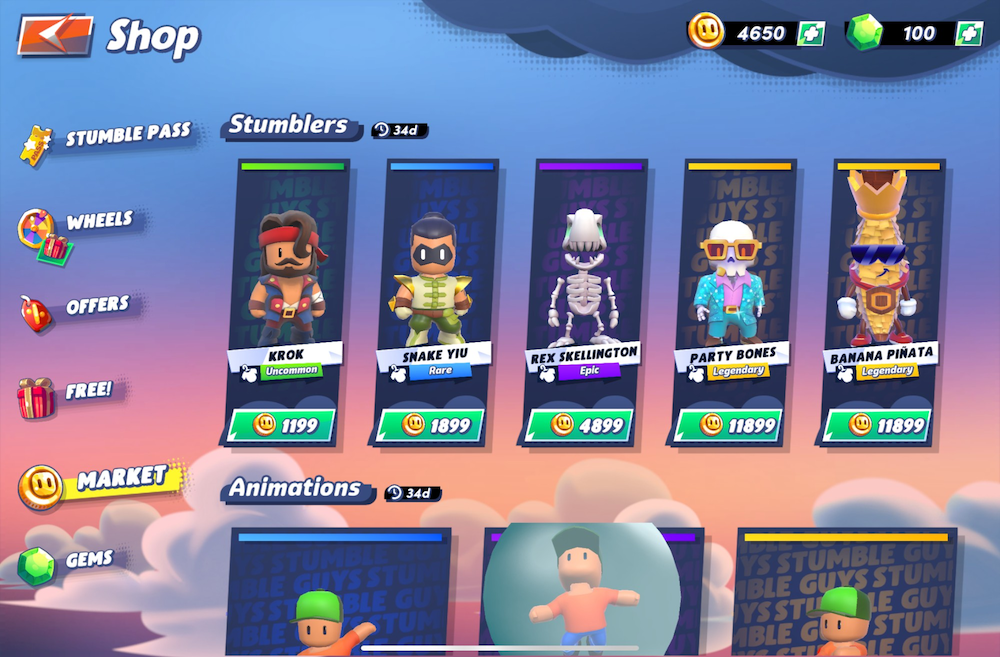
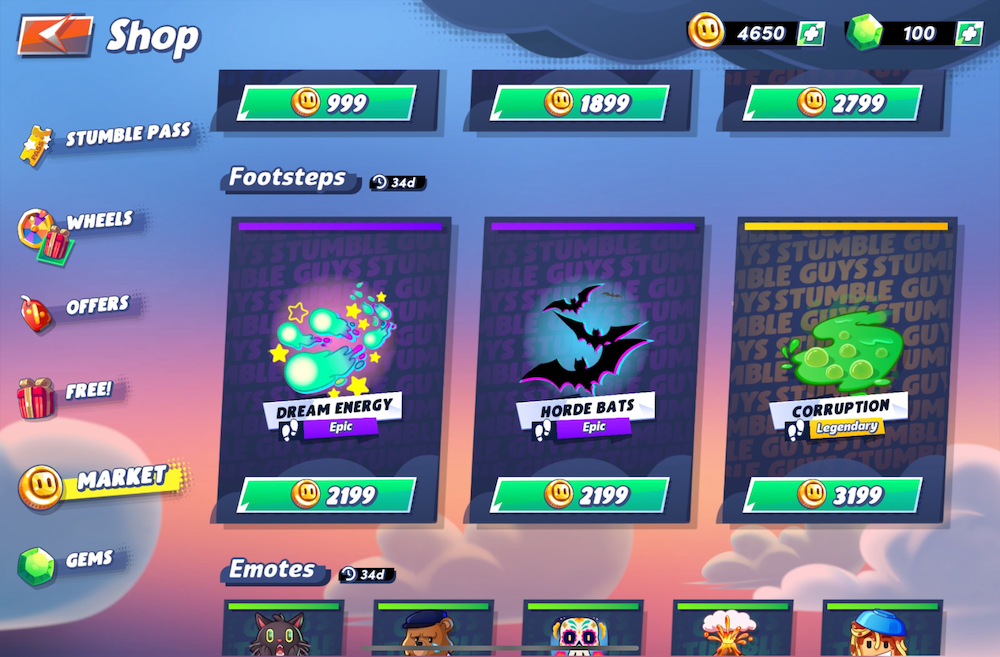
The addition of Stumble Coins in October changed the reward structure of the game quite drastically. They are now easier to earn through various activities, including game mode reward tracks, the Stumble Pass, and a new daily threshold event, Banana Piñata, where players gather trophies from normal gameplay and get extra rewards.
Despite this comprehensive update designed to encourage daily play and spending, the Stumble Coin Market did not have a noticeable positive impact on the game’s declining monthly revenue, suggesting that a new storefront alone may not be enough to reverse a downward trend.
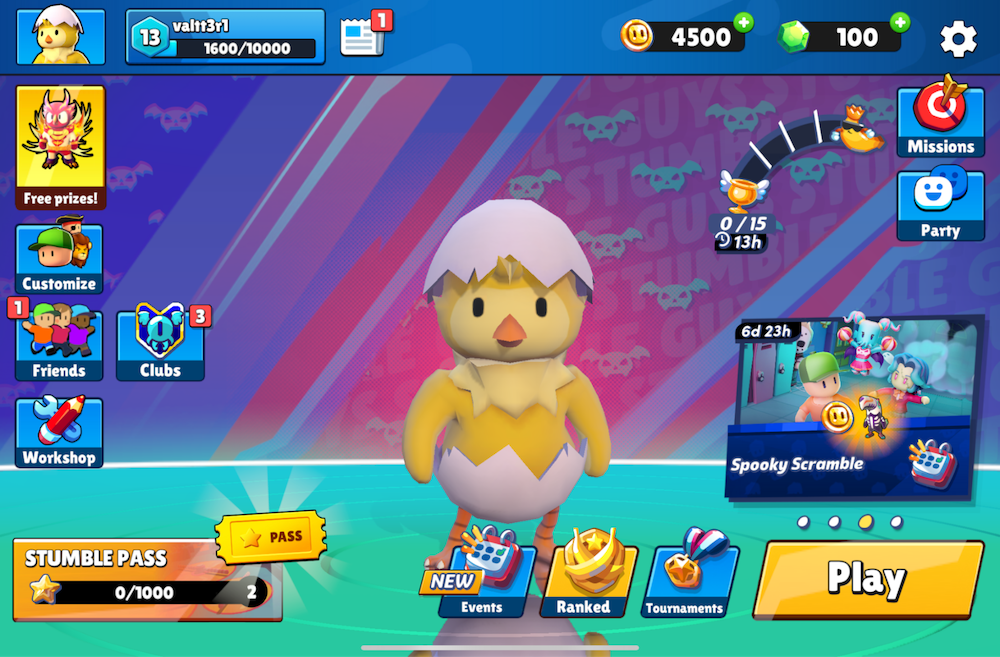
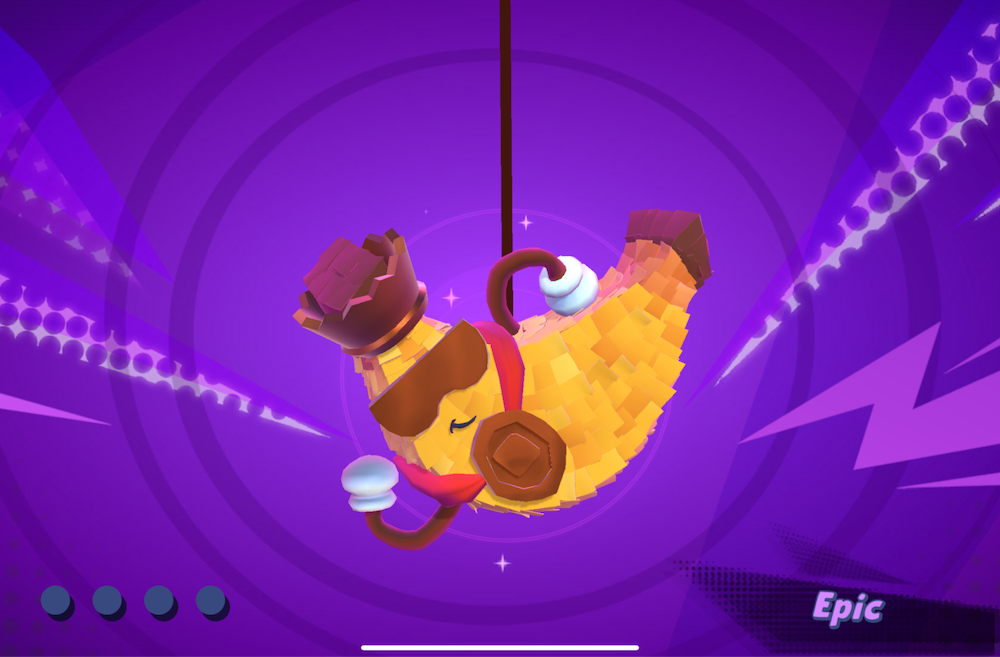
Additional Casual Gaming Highlights and News
October welcomed a notable new entrant to the 3D match subgenre, with the launch of Disney Magic Match 3D. It’s arguably becoming one of the best-performing new puzzle titles of the period, with its success heavily attributed to its use of the Disney IP, which goes beyond aesthetics. The game features “IP-cased trash sorting”, where familiar Disney and Pixar items help players intuitively identify and sort objects, leaning on their existing familiarity from the films. This strong IP fidelity is incorporated into a streamlined 3D matching experience, complemented by a collection meta built around “Magic Minis” and “Magic Items” that provokes players’ nostalgia for their Disney favorites.
Launched on October 8, the game quickly climbed to the top 4 downloads. Most notably, even after stopping user acquisition (UA) spending, it stabilized within the top 200 grossing ranks, indicating a strong and steady monetization from its captured audience, even after the initial download surge had cooled off. This performance suggests the title has found its product-market fit, and a return to UA in the future could see it scale even better.
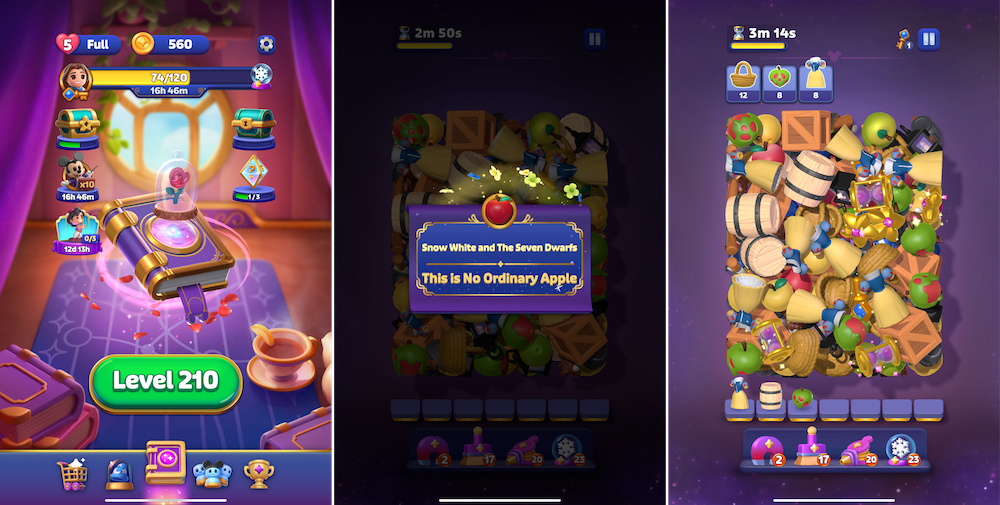
October’s Midcore Game Updates
Following in the footsteps of Roblox and Unreal Editor for Fortnite (UEFN), which began UGC strategies in September, Genshin Impact has made a significant foray into the UGC space with the addition of Miliastra Wonderland. This in-game editor tool allows players to create and share custom games, effectively turning players into creators. Interestingly, this mode operates with its own ecosystem. Players are given generic “Avatar” characters to use, and can obtain outfits for them via the mode’s own Battle Pass and dedicated gachas. The limited-time gacha uses a new premium currency obtainable only through real-money purchases, creating a potentially lucrative monetization stream separate from the main game’s character gacha.
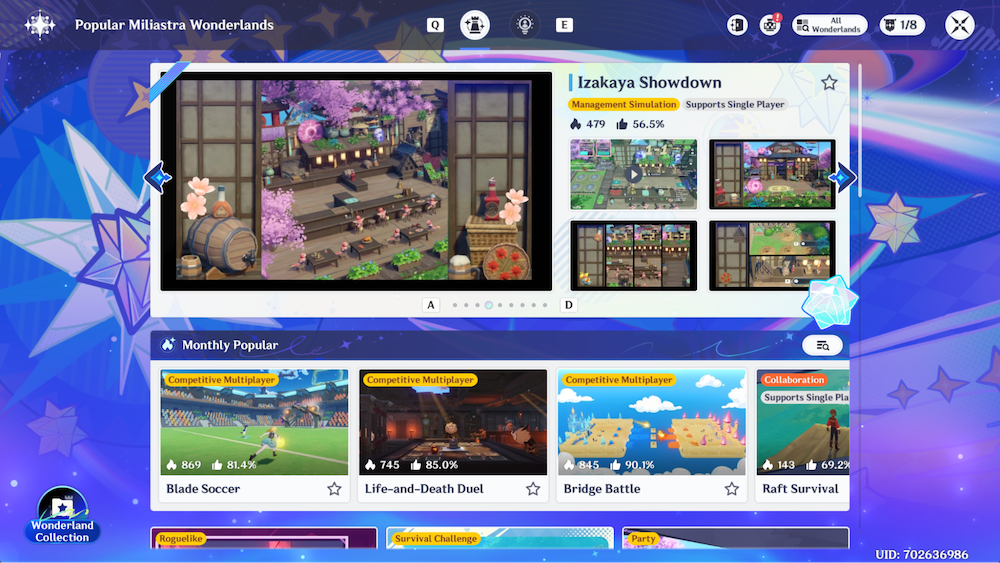
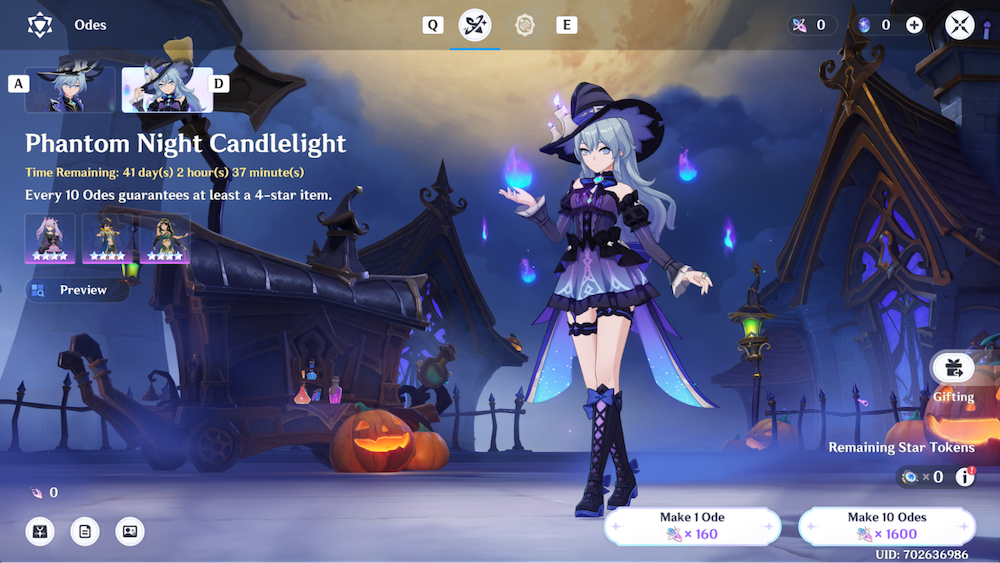
Century Games is demonstrating its keen eye for cross-genre inspiration by launching two major features in Whiteout Survival. Firstly, the Tundra Album is a permanent, casual-style collectible album system. Players can collect Scene Fragment Packs from tasks and events, assemble them in a quick jigsaw puzzle mode, and complete themed Albums for rewards that include permanent buffs to core 4X gameplay like resource production and troop stats. This indicates that Century Games is looking into the casual space for sticky meta-loops and turning it into a long-term progression system.
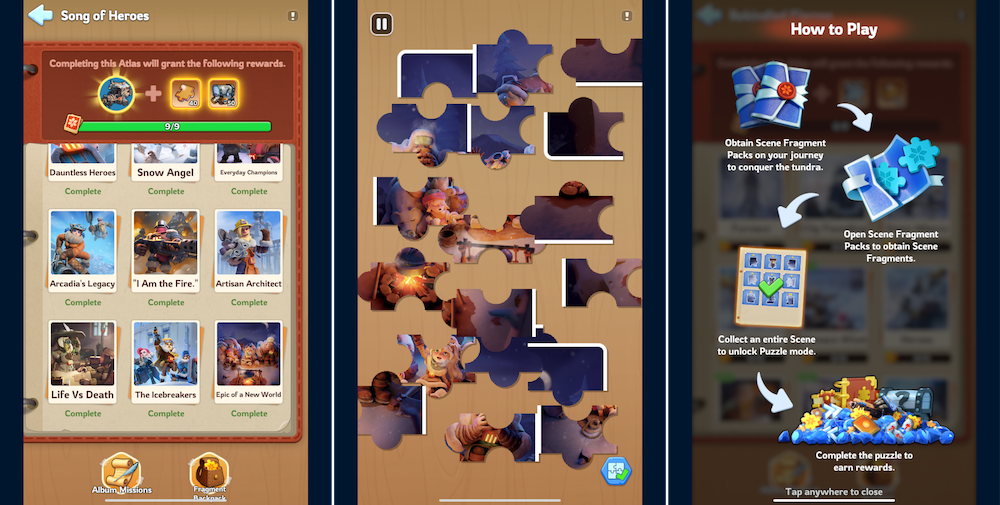
Secondly, the Deadshot gacha event introduced a unique, gamified mechanic. Built around a short “pick and open” board, it allows players to choose chests to boost both the quantity and quality of their final payout before cashing out. Similar to mechanics seen in Archero 2’s Rune Ruins, this design adds a layer of player agency and risk-versus-reward strategy to the traditional gacha pull.

Free Fire continues to build upon its strategy of adding player-driven systems on top of its core gameplay. In September, they released a successful “Blind Box” gacha, creating a unique player-to-player marketplace. Now in October, the game is exploring the fantasy esports trend with the introduction of FFWS Fantasy. Free Fire is also currently running its annual Free Fire World Series esports tournament, meaning the overarching Flame Arena event is promoting this in-game.
This new event is bringing in a new kind of engagement layer: players can collect card packs featuring professional players, set daily lineups based on real match performances, and compete with friends on leaderboards. This fusion of card collection and fantasy sports adds a compelling, real-world engagement layer that complements the core battle royale experience.

Additional Midcore Gaming Highlights and News
An intriguing new game launched on October 25. Duet Night Abyss is an anime-style open-world action RPG that comes with cross-play compatibility on PC. Hong Kong Spiral Rising Technology Co. made the bold decision to forgo character and weapon gachas entirely, and instead, new characters are obtained through daily tasks. Monetization is purely focused on cosmetic IAPs and limited-time outfit gachas.
While this is a commendable and player-friendly model, its early mobile traction looks limited. After hitting DL 8 and GR 157, both its downloads and revenue have tapered quickly, raising questions about the sustainability of this model in the competitive F2P RPG space.
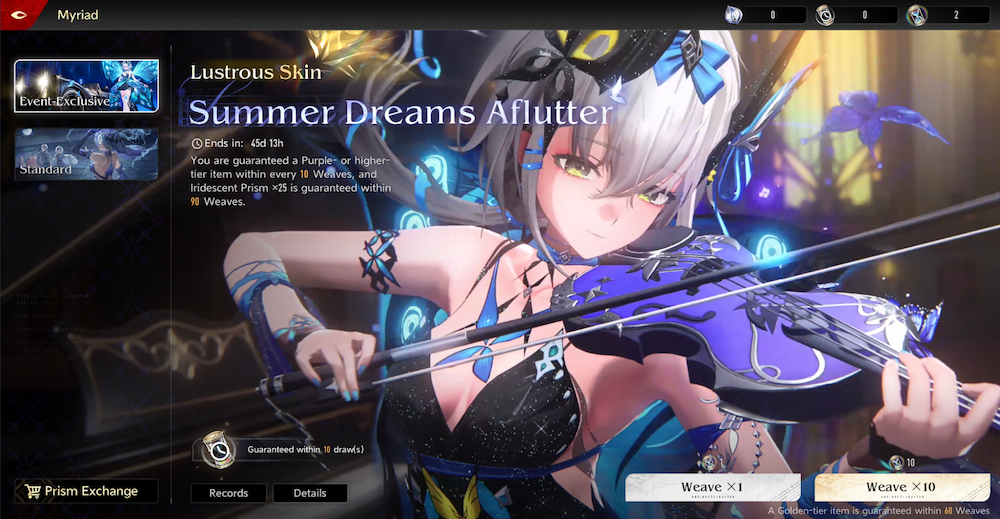
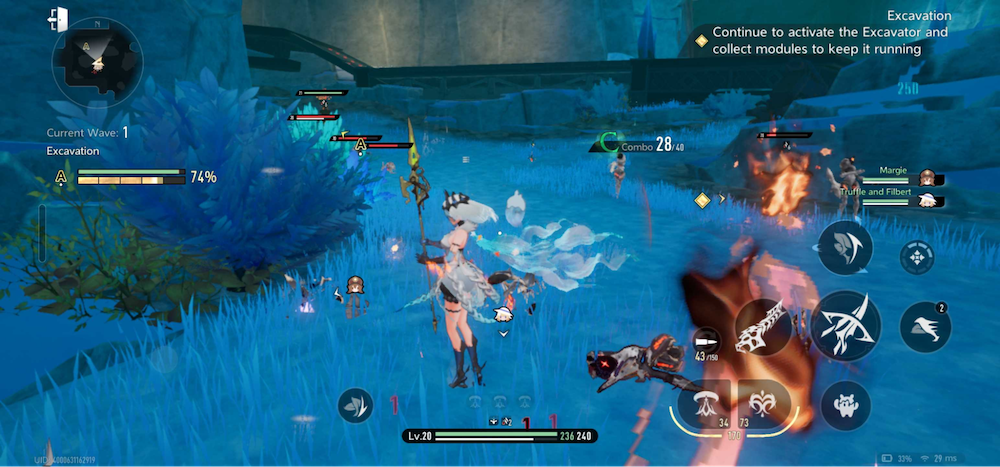
Conversely, a recent midcore title that has a contrasting model is Palmon: Survival. Since its launch in June, it has been steadily climbing the charts, scaling in both growth and revenue, with the game finally breaking into the top 100 grossing in October. Its initial gameplay incorporates tycoon elements, having players focus on expanding territory, constructing buildings, and catching Palmon from the environment.
Palmon: Survival develops into a full 4X strategy game later on, and while gacha and direct purchases are available for character acquisition, players can still continue to capture Palmon directly from the overworld (arguably inspired by Niantic’s Pokémon GO), and breed them for better stats. Palmon: Survival’s blend of familiar 4X combat and guild features, combined with a more active collection loop and farming elements, appears to be resonating well with its playerbase.





















